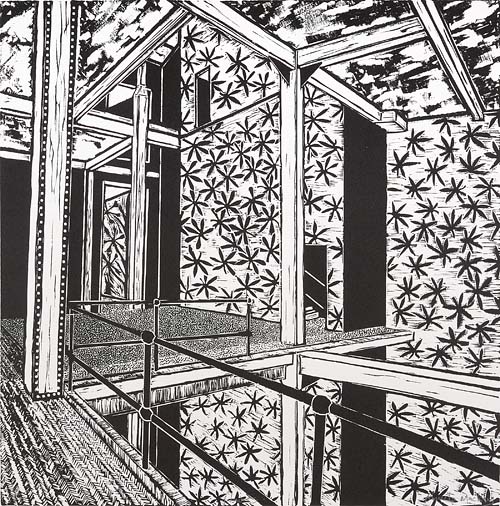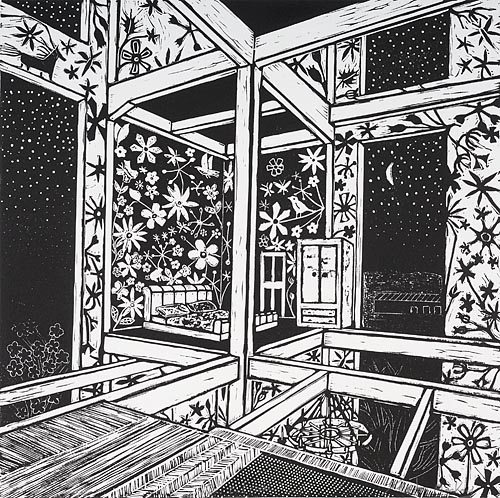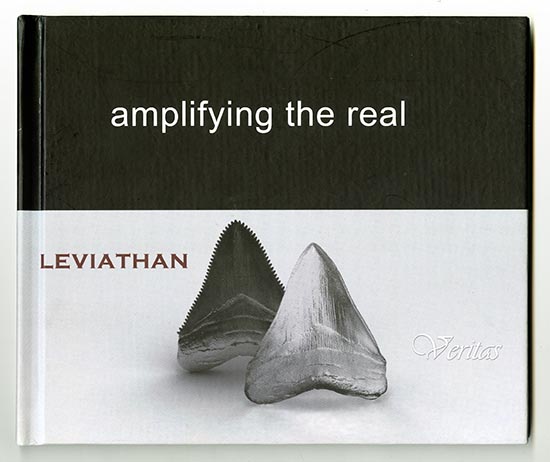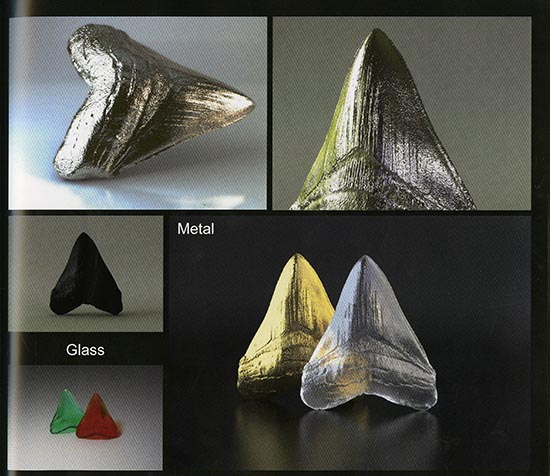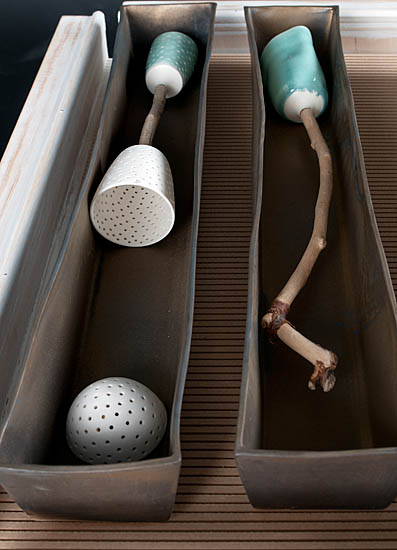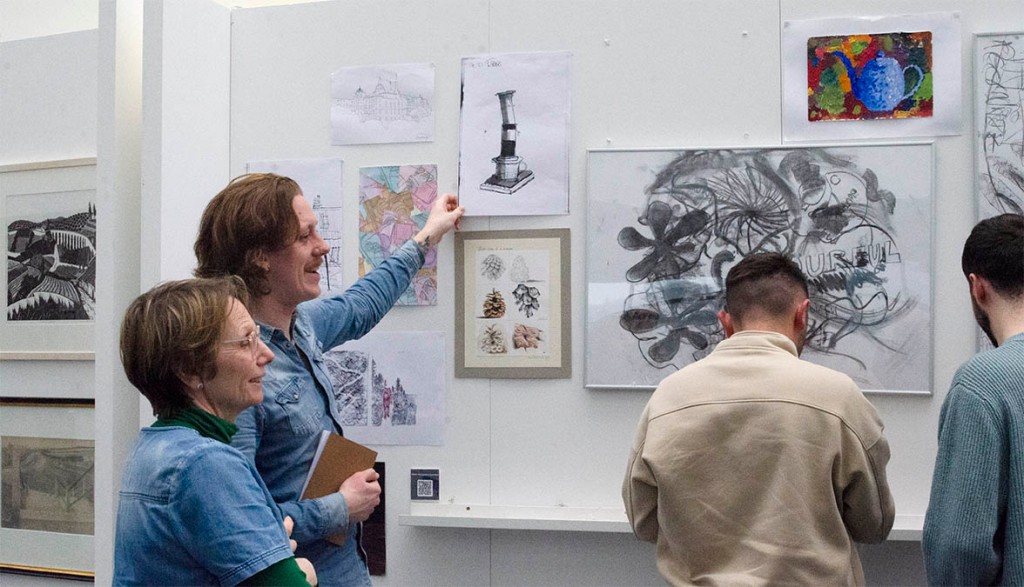This week’s Object of the Week is ‘Circle’ by Rebecca Fry. Her work was collected in 2015. It consists of eight circular plaster casts of oranges, tangerines and satsumas; the negative spaces created represent and are evocative of female genitalia.

Artist’s Statement:
We begin to live and age. When something is cast, it is frozen in time, its reality is paused and it becomes a different form in its negative space. Only when the negative space is cast, does it become a copy, a repeat of its existence.
Each plaster cast is suggestive of the Yoni. The circle of eight circles symbolise the lifecycle, the symbol of infinity and DNA. The forms that have been cast represent the lifespan through being a natural material which grows, lives, ages and eventually fades
As soon as we are born we begin to die. I closely compare the fragility of the earth to the fragility of human life and believe that damage to the earth and the environment is damage to us; the abuse of one directly affects the other.
Using materials as metaphors I represent the life cycle, through the process of fertility, growth and aging, and the human connection with nature.
My practice also confronts gendered binary opposition. Through nature-culture, absence-presence, and male-female dichotomies, I address gender and transgender identity.
My work symbolically represents sexual objectification and challenges societies set standards about beauty and perfection. Each cast is different and beautifully imperfect, much like bodies and body parts can be. The Vesica Pisces is within nature and the human body, we are nature, we are connection, shape and form. It is the shape of creation.
Want to select the next Object of the week? Check out our online database and our exhibition map, find something that deserves to be spotlighted!
To submit a piece, contact b.harkness@rgu.ac.uk. Tell me who you are, what you picked and why you picked it.










